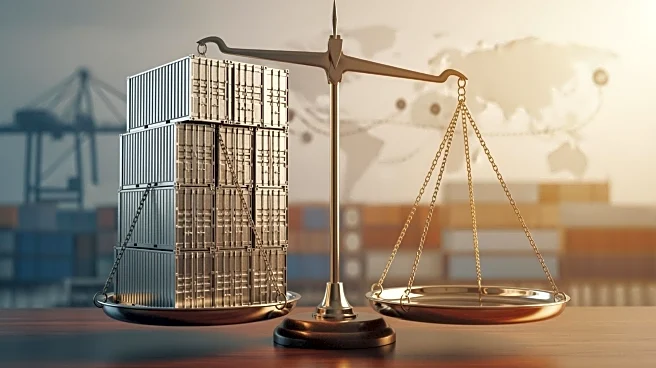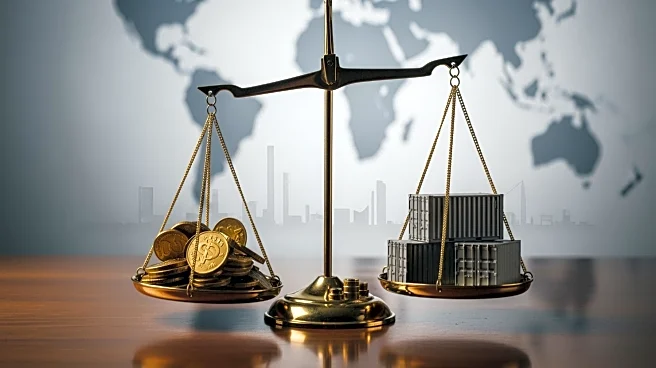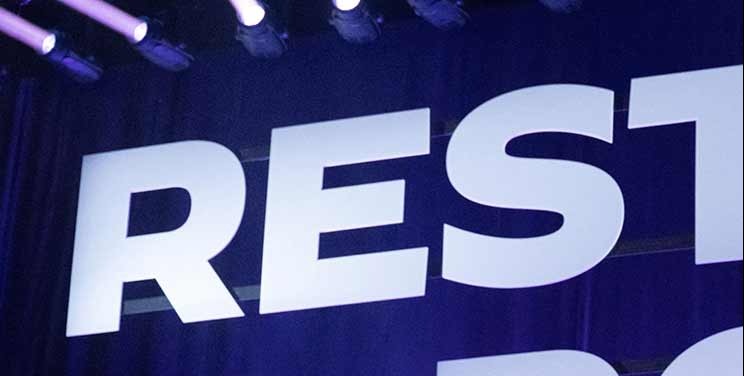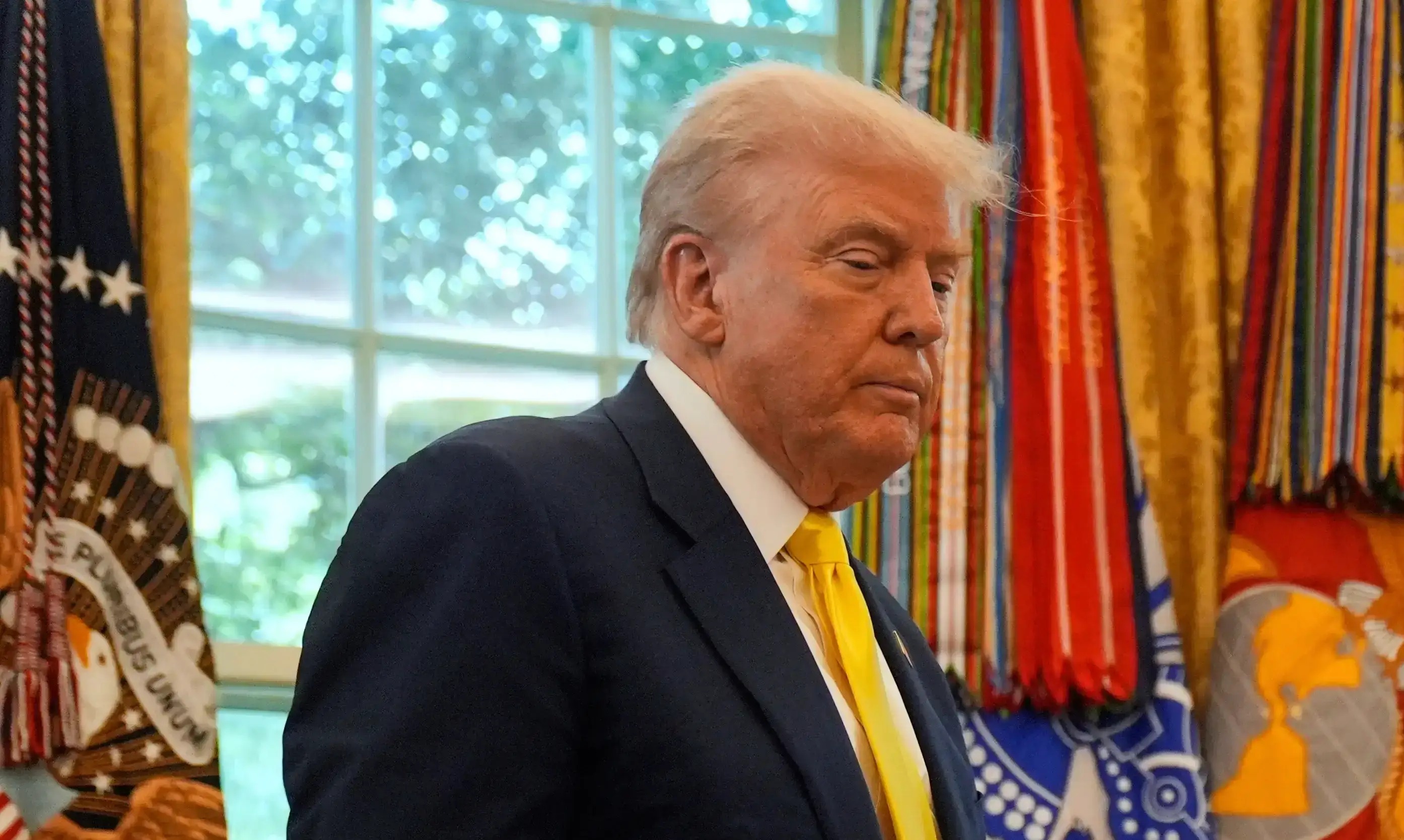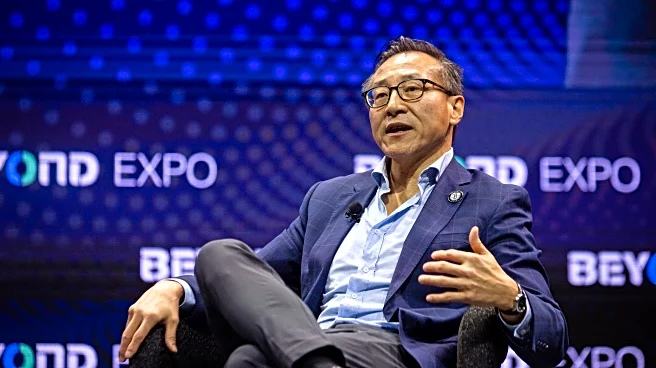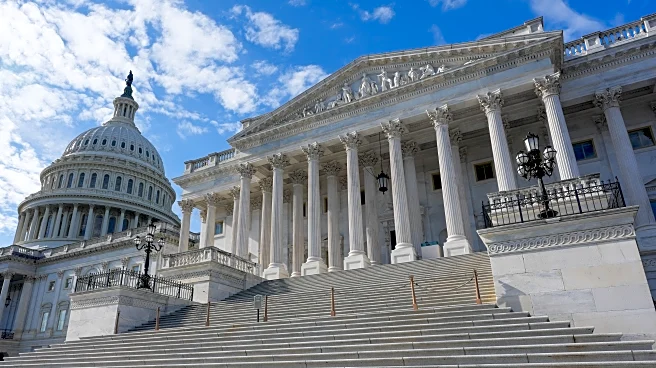What's Happening?
In 2025, President Donald Trump reinstated and expanded tariffs on imports, including a universal 10% tariff on all goods, 25% duties on autos and parts, and a doubling of steel and aluminum tariffs to 50%.
These measures targeted countries like China, Canada, and Mexico, reigniting a global trade war. The U.S. trade partners retaliated or sought exemptions, with China and the U.S. reaching a late-2025 truce to avert a 100% tariff escalation. The tariffs have driven up costs for businesses and consumers, contributing to inflation and a dip in U.S. GDP.
Why It's Important?
The reimposition of tariffs by President Trump has significant implications for global trade and the U.S. economy. While U.S. steelmakers and aluminum producers benefit from tariff protection, automakers and manufacturers face higher input costs and supply chain disruptions. The tariffs have led to market volatility, with the MSCI World stock index initially tumbling before rebounding. The tariffs amount to an estimated $1,200 tax per U.S. household in 2025, contributing to inflation and a contraction in U.S. GDP. The trade deficit fell to its lowest in years, a win Trump touts.
What's Next?
The U.S. Supreme Court is reviewing Trump’s use of emergency tariff powers, with justices appearing skeptical, posing a potential legal check on the tariff program. The outcome could rein in Trump’s ability to impose or raise tariffs unilaterally, impacting trade policy. Facing public pressure over food inflation, the White House rolled back tariffs on everyday items like coffee, bananas, and beef, and struck tariff-reduction deals with countries to ease consumer costs.
Beyond the Headlines
Trump’s hardline 'America First' trade stance energized his base in industrial states but drew bipartisan criticism from import-reliant sectors. The tariffs have driven up costs for businesses and consumers, contributing to inflation and a dip in U.S. GDP. The trade deficit fell to its lowest in years, a win Trump touts. The U.S. Supreme Court is reviewing Trump’s use of emergency tariff powers, with justices appearing skeptical, posing a potential legal check on the tariff program.
